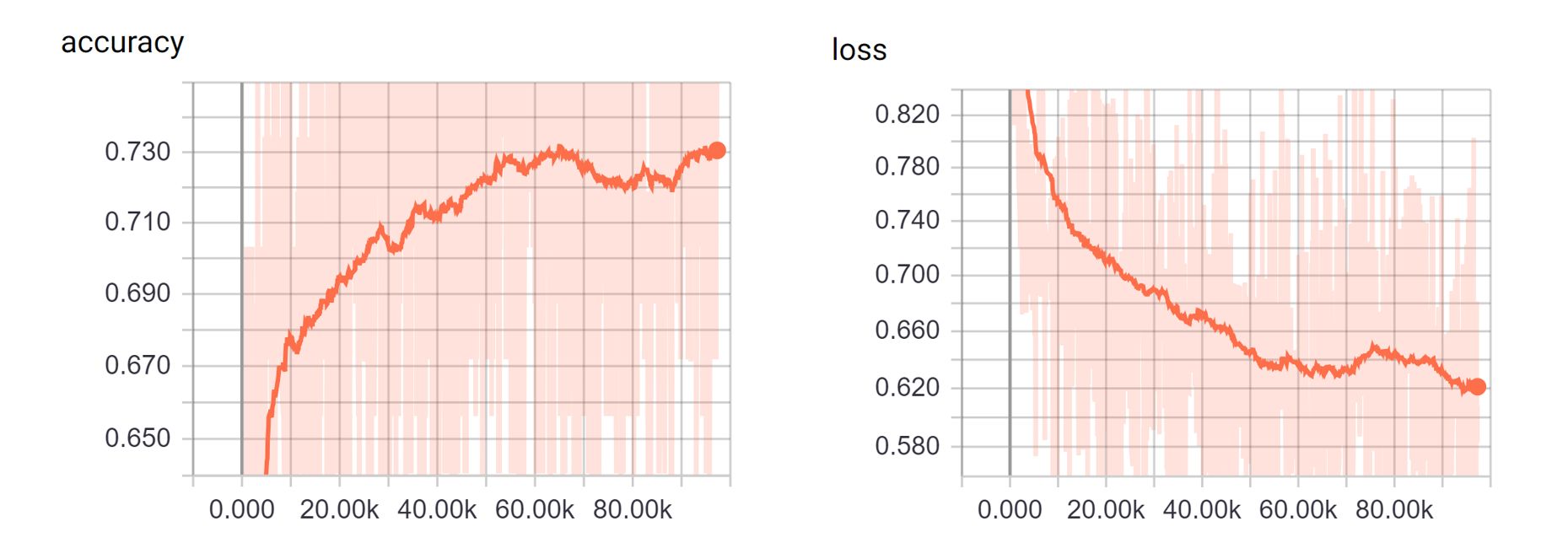tqtg / Hierarchical Attention Networks
Programming Languages
Projects that are alternatives of or similar to Hierarchical Attention Networks
Hierarchical Attention Networks for Document Classification
This is an implementation of the paper Hierarchical Attention Networks for Document Classification, NAACL 2016.
Requirements
- Python 3
- Tensorflow > 1.0
- Pandas
- Nltk
- Tqdm
- Glove pre-trained word embeddings
Data
We use the data provided by Tang et al. 2015, including 4 datasets:
- IMDB
- Yelp 2013
- Yelp 2014
- Yelp 2015
Note: The original data seems to have an issue with unzipping. I re-uploaded the data to GG Drive for better downloading speed. Please request for access permission.
Usage
First, download the datasets and unzip into data folder.
Then, run script to prepare the data (default is using Yelp-2015 dataset):
python data_prepare.py
Train and evaluate the model:
(make sure Glove embeddings are ready before training)
wget http://nlp.stanford.edu/data/glove.6B.zip
unzip glove.6B.zip
python train.py
Print training arguments:
python train.py --help
optional arguments:
-h, --help show this help message and exit
--cell_dim CELL_DIM
Hidden dimensions of GRU cells (default: 50)
--att_dim ATTENTION_DIM
Dimensionality of attention spaces (default: 100)
--emb_dim EMBEDDING_DIM
Dimensionality of word embedding (default: 200)
--learning_rate LEARNING_RATE
Learning rate (default: 0.0005)
--max_grad_norm MAX_GRAD_NORM
Maximum value of the global norm of the gradients for clipping (default: 5.0)
--dropout_rate DROPOUT_RATE
Probability of dropping neurons (default: 0.5)
--num_classes NUM_CLASSES
Number of classes (default: 5)
--num_checkpoints NUM_CHECKPOINTS
Number of checkpoints to store (default: 1)
--num_epochs NUM_EPOCHS
Number of training epochs (default: 20)
--batch_size BATCH_SIZE
Batch size (default: 64)
--display_step DISPLAY_STEP
Number of steps to display log into TensorBoard (default: 20)
--allow_soft_placement ALLOW_SOFT_PLACEMENT
Allow device soft device placement
Results
With the Yelp-2015 dataset, after 5 epochs, we achieved:
- 69.79% accuracy on the dev set
- 69.62% accuracy on the test set
No systematic hyper-parameter tunning was performed. The result reported in the paper is 71.0% for the Yelp-2015.


